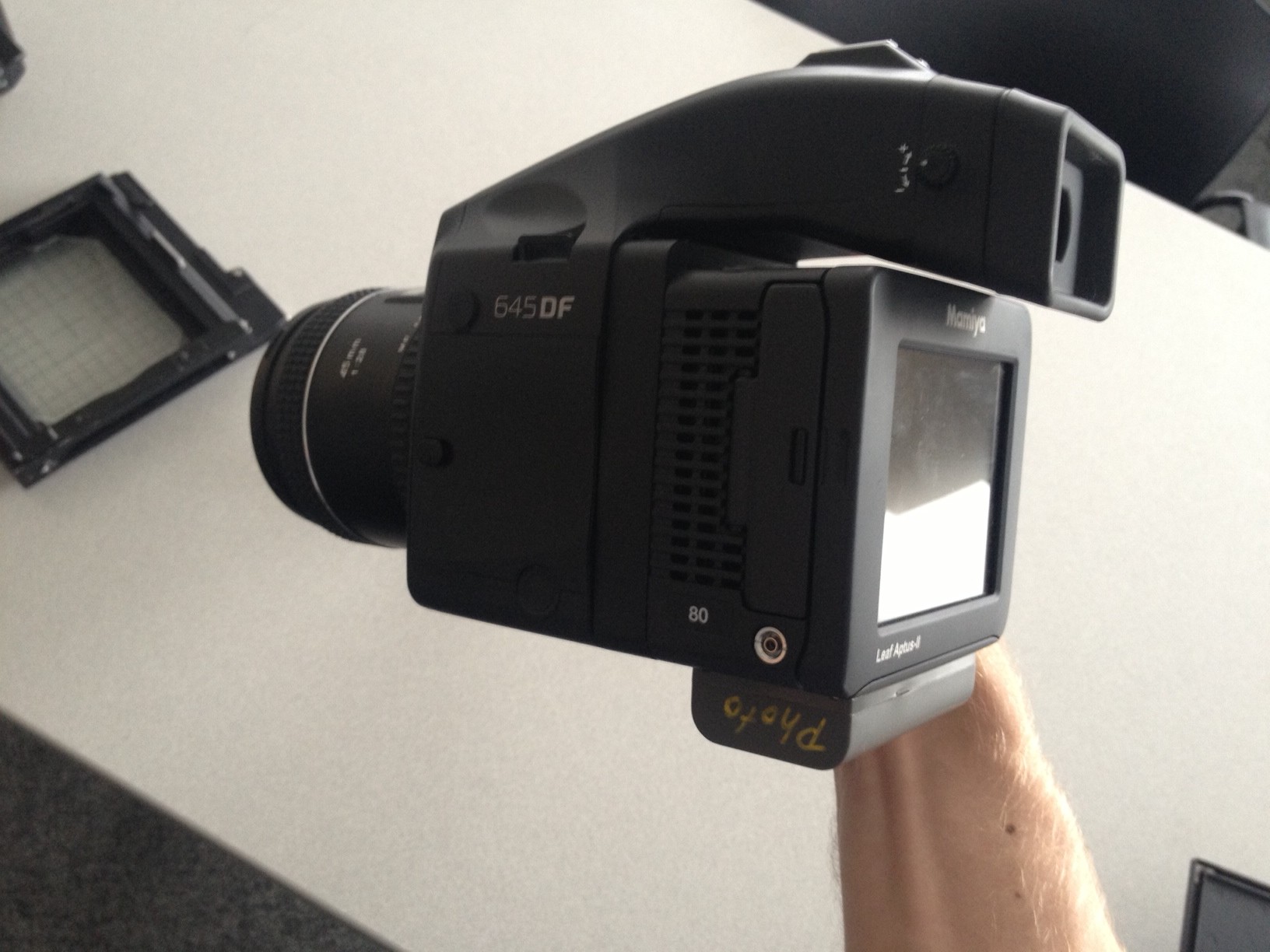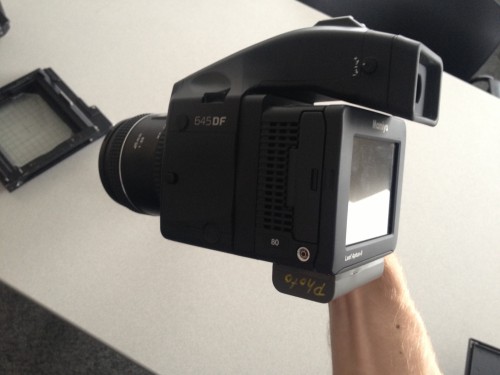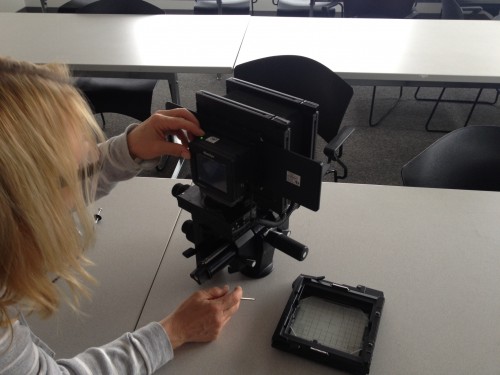
Making the Switch from Film to Digital
I’ve been reluctant for a long time to move from film to digital. My main concern has always been resolution. I’ve never been able to make images as big with digital as I have been with my 4 x 5 camera. That issue for me is starting to change.Today, there are medium format digital backs available that have enough resolution for me. The problem with these backs is that they’re extremely expensive. They range anywhere from $8000-$30,000. However, what’s nice about them, is that not only do they go on the back of a medium format camera, but they can also fit on the back of my 4 x 5.
One thing that has been a drawback for me in the past with these medium format backs is the fact that even if they can go on the back of my 4 x 5, the image will still suffer from a crop factor. Crop factor is something that happens in digital when you’re using a smaller sensor than what your normal film size would be. Because of the size difference wide-angle lenses turn into normal lenses, and normal lenses turn into telephoto lenses.
With 4 x 5 film, since it’s so large, the medium format sensor would make the lens look significantly longer, which is a problem for me because I am usually working in smaller spaces. That problem has since been solved by installing a sliding back on the rear standard of my 4 x 5. This back allows me to take multiple images in different sections of the 4 x 5 with the medium format back. I can take four photos with the medium format back and they can be stitched together to create something that was the same size and the same view as my 4 x 5 camera.
The primary use for these new backs was landscape photography, where the subject doesn’t move. However, because of the way I photograph people, the subjects have to remain very still for long periods of time anyway, so it shouldn’t be a problem for me to use this style of back in my portrait photography. As a result of the sliding back, and creating multiple images off the back of a 4 x 5, I can get more than enough resolution (maybe even more than I was getting with my film). This basically eliminates all the problems I have with digital, currently.
The pluses far outnumber the minuses.
Pros:
- I can see my images instantly.
- I can double check the focus.
- I can shoot as many as I like.
- I have no film costs (this is always an issue especially with film getting more and more pricy).
- I have no processing costs.
- There is no waiting for film to be processed.
- There is no scanning film.
- I can work directly in a RAW program (which I find much more powerful than working with scans in Photoshop).
- I can work on the images right away.
- Issues with color balance are basically eliminated (the digital backs allow for custom white balancing with each image, just like in video, you balance before you start shooting).
Cons:
- The downside is initial cost. But that is the only downside.
While shooting this weekend, I rented a back, and it was even better than I had hoped for. So, my mind is made up, and hopefully before the end of the summer, I will be working fully in the digital world.


